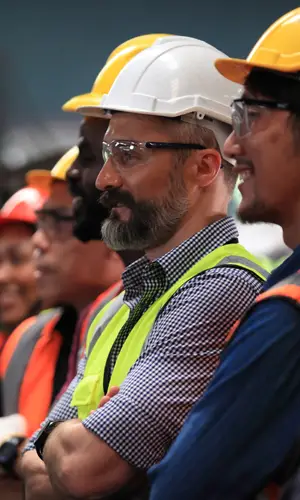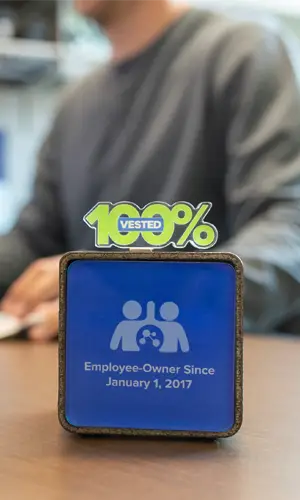Lethbridge Solids Handling – Rotary Fan Presses
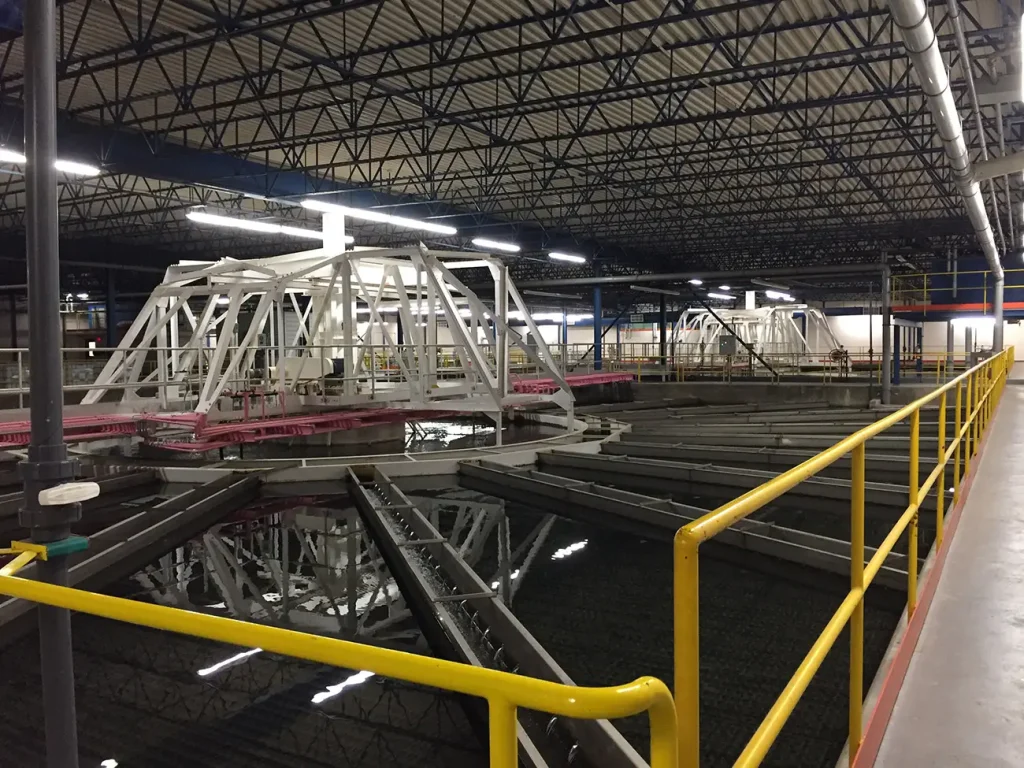
Lethbridge Solids Handling – Rotary Fan Presses – Lethbridge, Alberta Canada About the Project The City of Lethbridge began operation of its Water Treatment Plant (WTP) No. 3 in 1983 to provide potable water to its residents with an operational capacity of 120 mega-litres per day (MLD). Over the years, the City has experienced a […]
Watford City Water Resource Recovery Facility
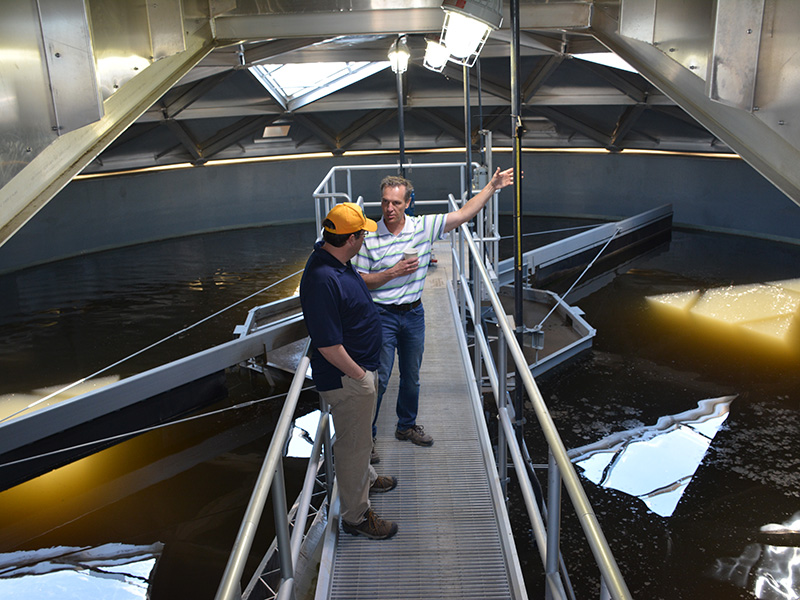
WATER RESOURCE RECOVERY FACILITY Watford City, North Dakota About the Project Like many communities in Western North Dakota, Watford City is experiencing rapid growth. As a result of a phased Wastewater Collection and Treatment Facility Plan and Capital Improvements Plan completed by AE2S in 2010 to address the challenges, the City embarked upon phased improvements […]
Big Sky Water and Sewer District WWTF and Effluent Disposal Improvements
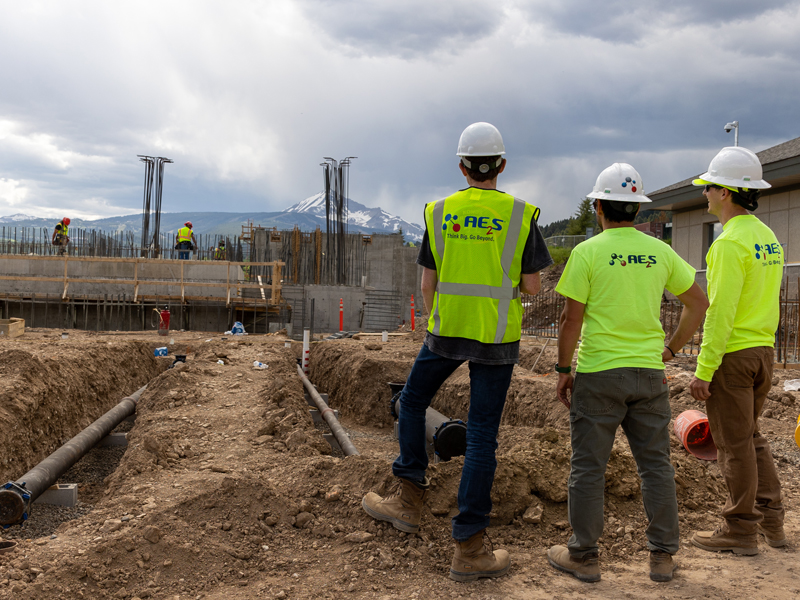
WWTF AND EFFLUENT DISPOSAL IMPROVEMENTS Big Sky, Montana About the Project AE2S, teamed with another consultant, was selected by the Big Sky Water and Sewer District (District) for preliminary and final design engineering and construction administration to upgrade and expand the WWTF. The objective was to support diversification and expansion of its exiting effluent reuse […]
Otsego Biosolids Building
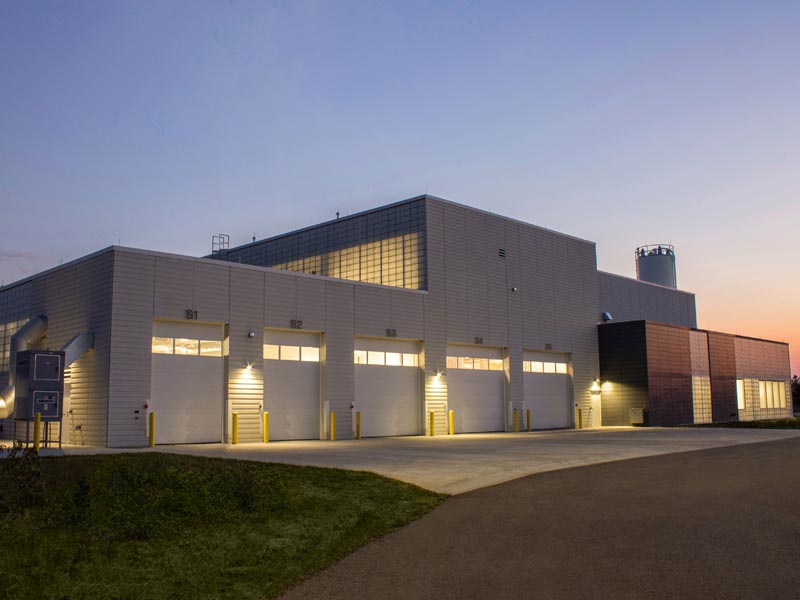
BIOSOLIDS BUILDING Otsego, Minnesota About the Project AE2S worked with the City of Otsego to complete a Wastewater Master Plan in 2018 that charted the wastewater utility’s direction for the next 80 years. The first major project from the Master Plan is a Biosolids Building, which will dewater thickened waste activated sludge (TWAS) from both […]
Sioux Falls Final Clarifier Improvements
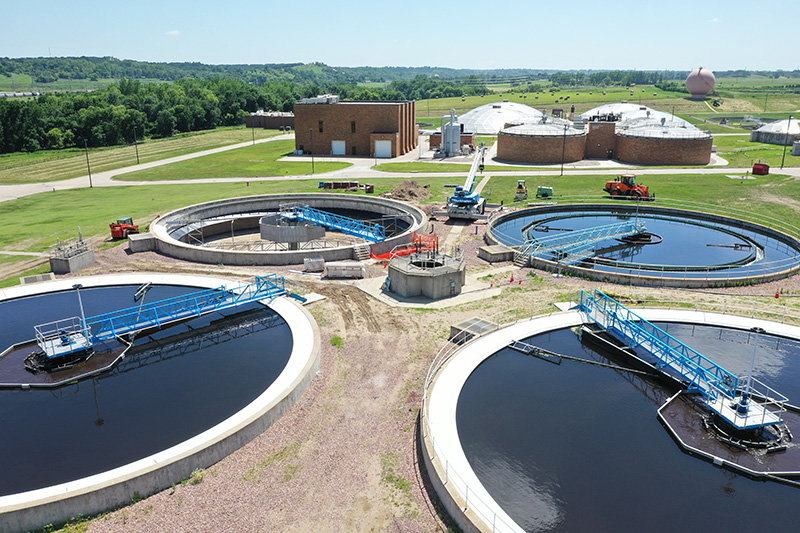
FINAL CLARIFIER IMPROVEMENTS Sioux Falls, South Dakota About the Project AE2S designed the rehabilitation and process modifications for four 100-foot final clarifiers at the Sioux Falls Water Reclamation Facility. The existing WRF includes trickling filters followed by activated sludge, but the improvements phasing included nutrient removal within the planning period that decommissioned the trickling filters […]
Sturgis Water Resource Recovery Facility
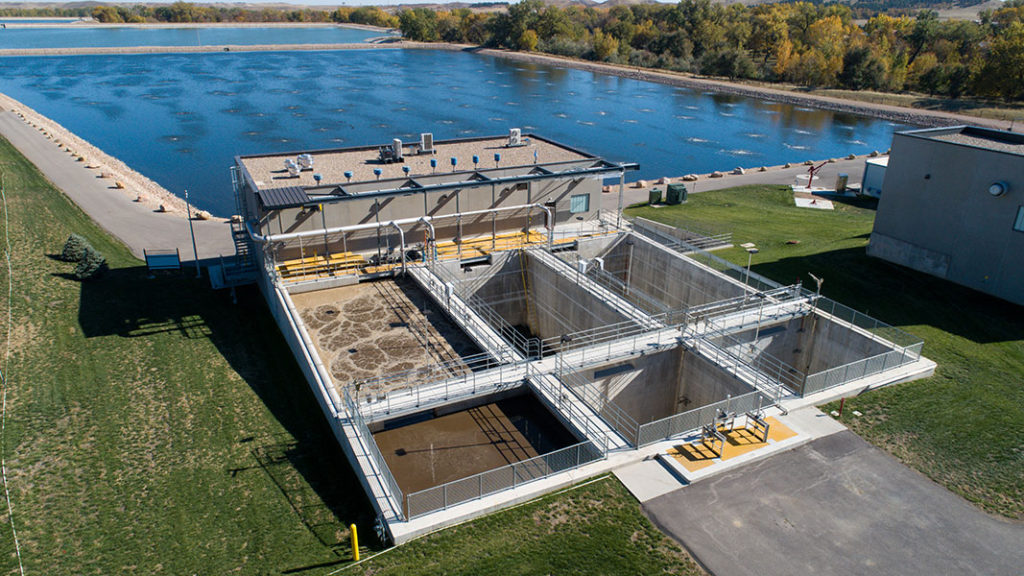
WATER RESOURCE RECOVERY FACILITY Sturgis, South Dakota About the Project A South Dakota town known for its annual motorcycle rally is getting attention for its innovative water resource recovery facility (WRRF) design. Sturgis is the first city in South Dakota to use membrane bioreactor (MBR) treatment technology in its new WRRF. MBR combines microfiltration membranes […]
Williston Water Resource Recovery Facility
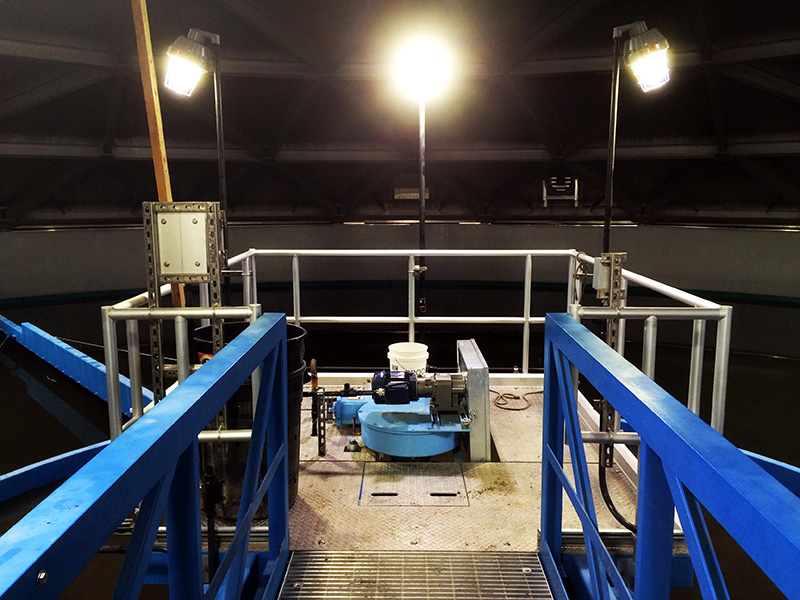
WATER RESOURCE RECOVERY FACILITY Williston, North Dakota About the Project The City of Williston’s rapid population growth necessitated a new water resource recovery facility (WRRF). The City retained AE2S to develop a Preliminary Engineering Report (PER) for the new WRRF, along with preliminary design documents of the selected alternative. Project Details Date: 2010 – 2018 […]

